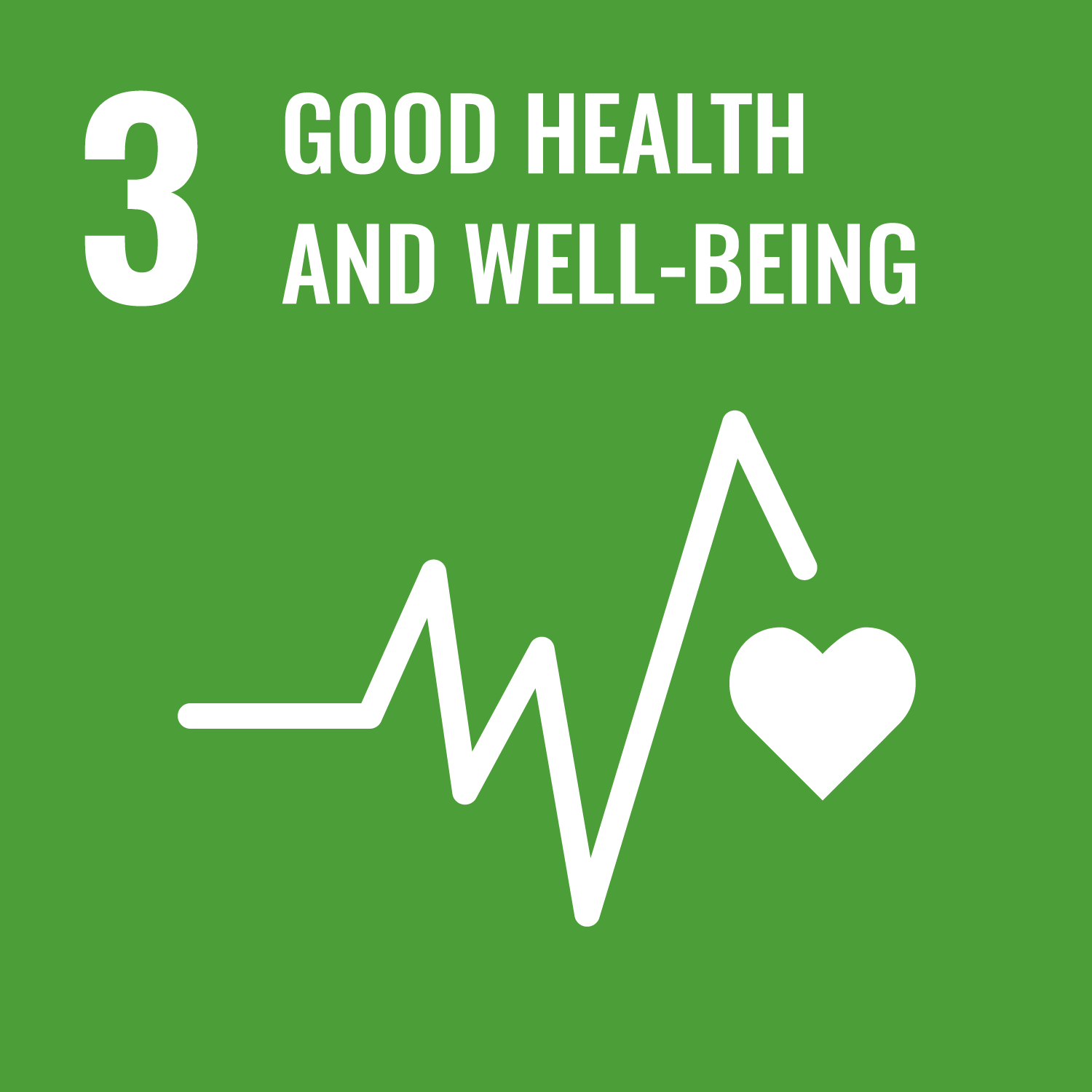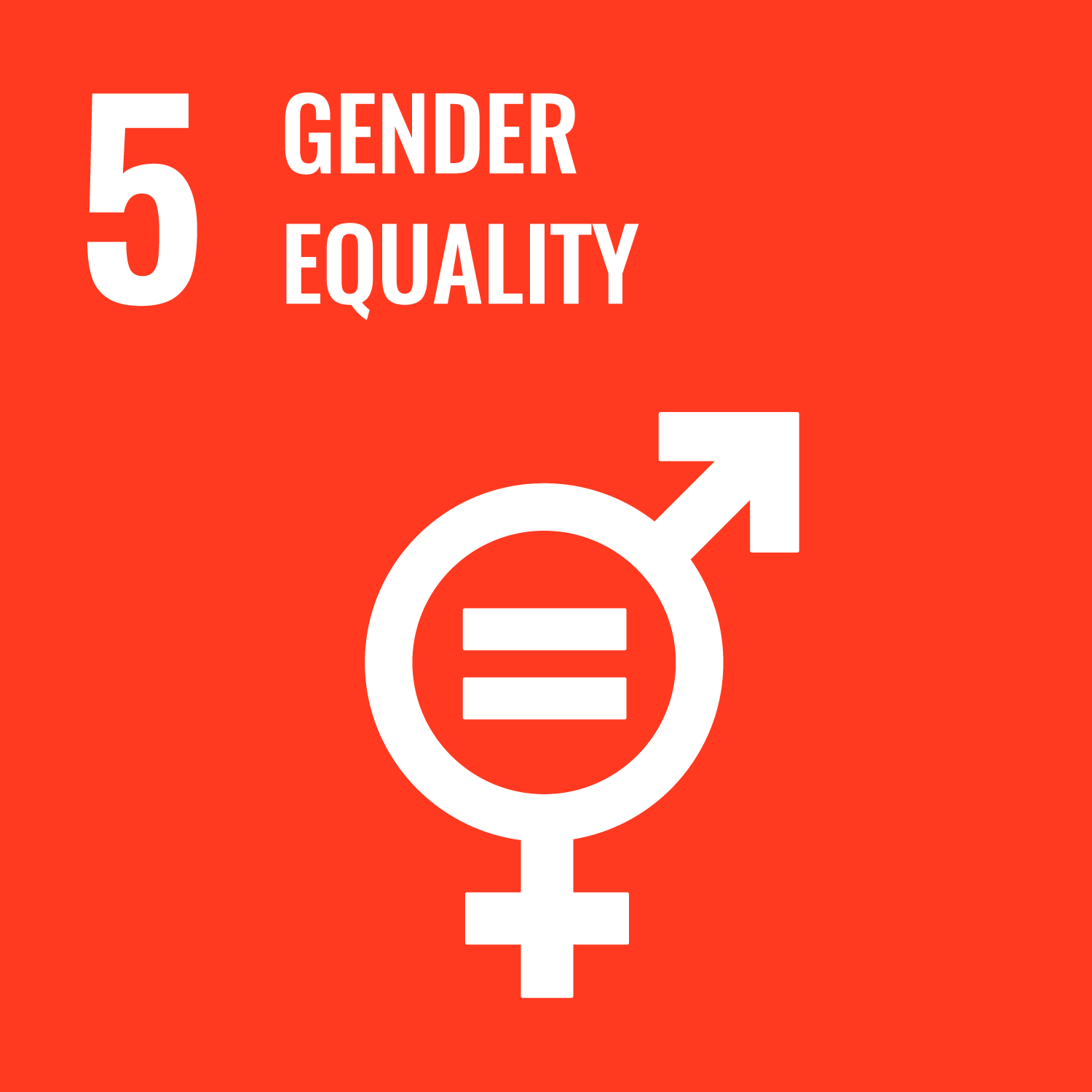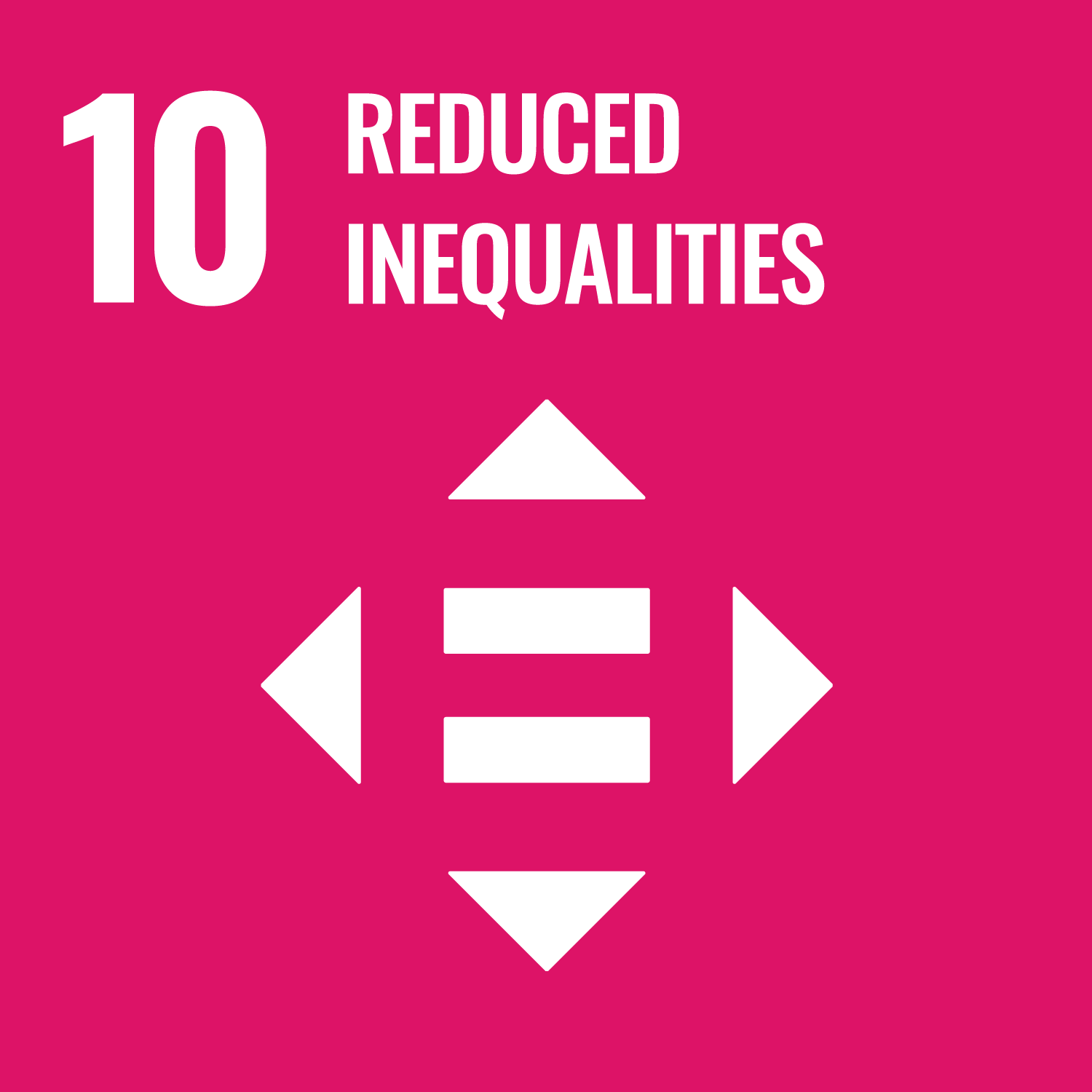The research paper explores the concept of heteronormativity and its role in development practice. Jolly begins by providing a history of the Western-centric notion of heteronormativity, questioning its relevance to non-Western contexts and experiences while acknowledging that the development industry itself continues to use heteronormative understandings in its practice. The article then moves into a discussion of the impacts of heteronormativity in development practice, looking at, for instance, the contested notion of ‘female headed households’ as being inherently more poor and more miserable than the ‘default’ household (invariably heterosexual and cisgender).
The article moves from households into the framing of the HIV/AIDS industry, and questions the ways heteronormative assumptions and judgements have impacted this sector despite its emphasis on same-sex sexual relations between men. For instance, the catch all ‘most at risk populations’ grouping used to refer to non-normative people and communities (i.e. sex workers, drug users, MSM).
Jolly then discusses the gender based violence prevention sector and its heteronormative framing. Jolly questions the heteronormative assumptions in the sector, including the lack of attention to same-sex sexual violence between women, the assumptions that men who experience violence can ‘go to the police’, and other similar assumptions.
The paper concludes by offering that heteronormativity is a useful frame to understand development practice–but that only when the effects of heteronormativity are understood and recognised can the development sector change for the better.








